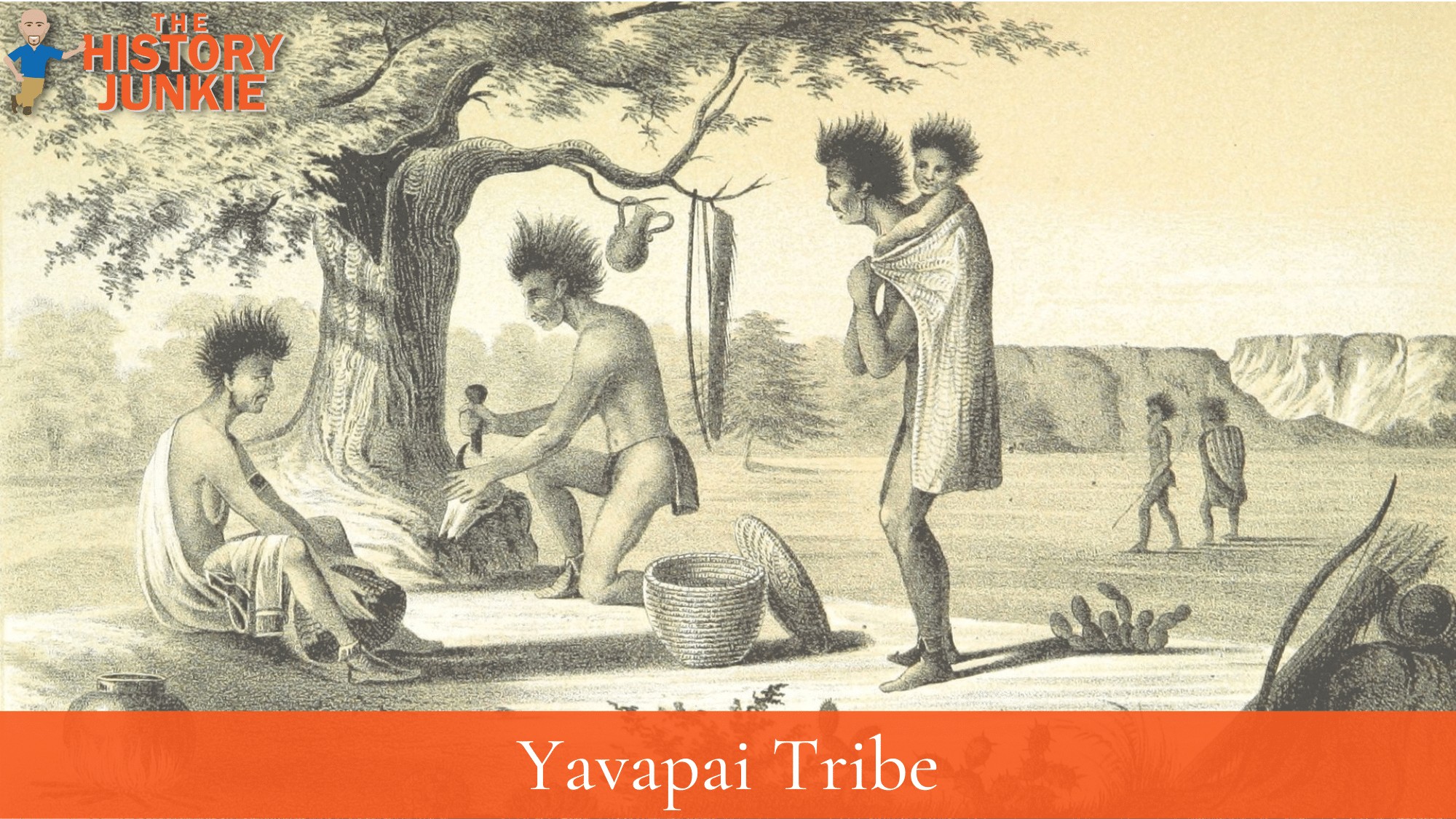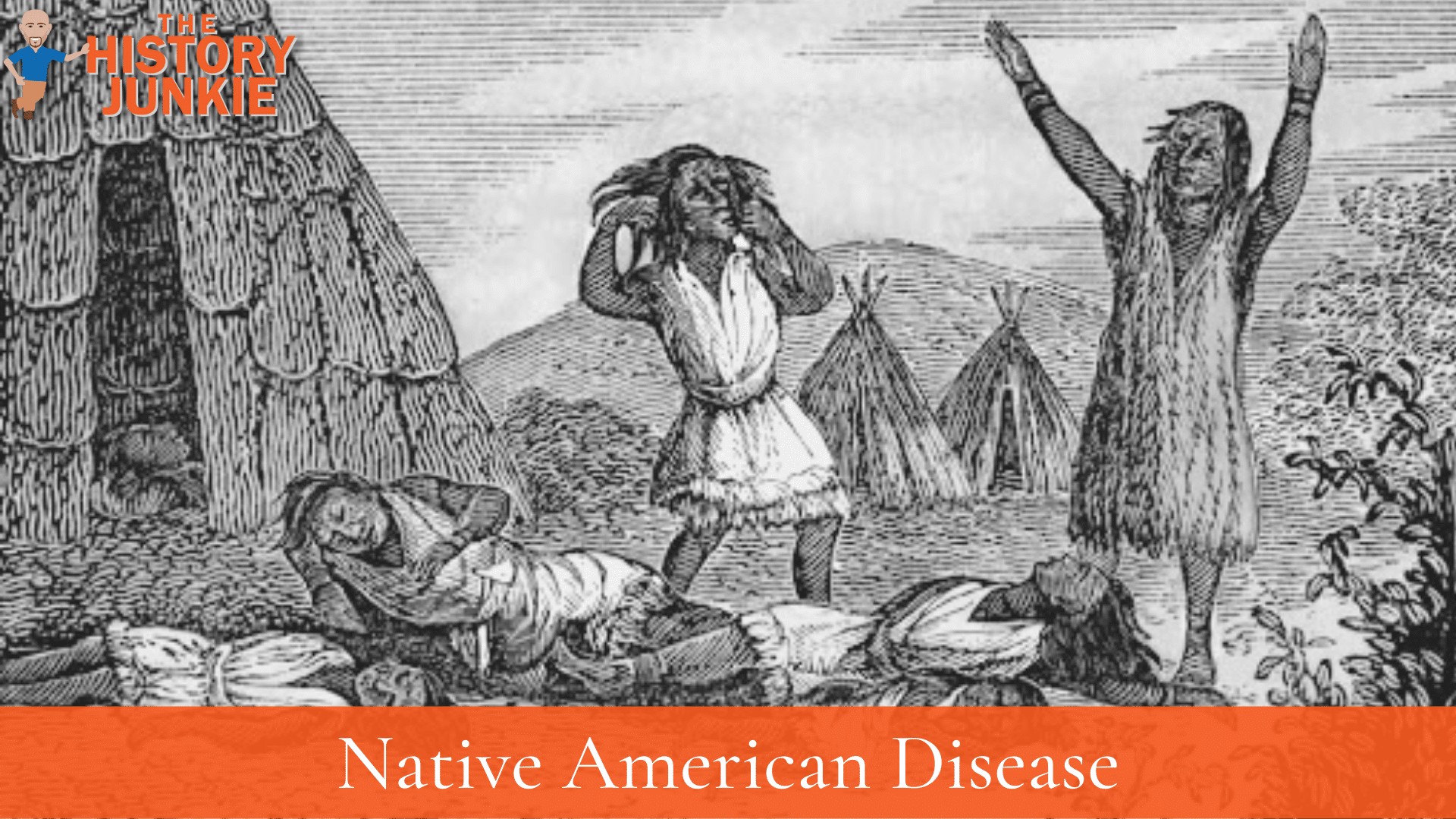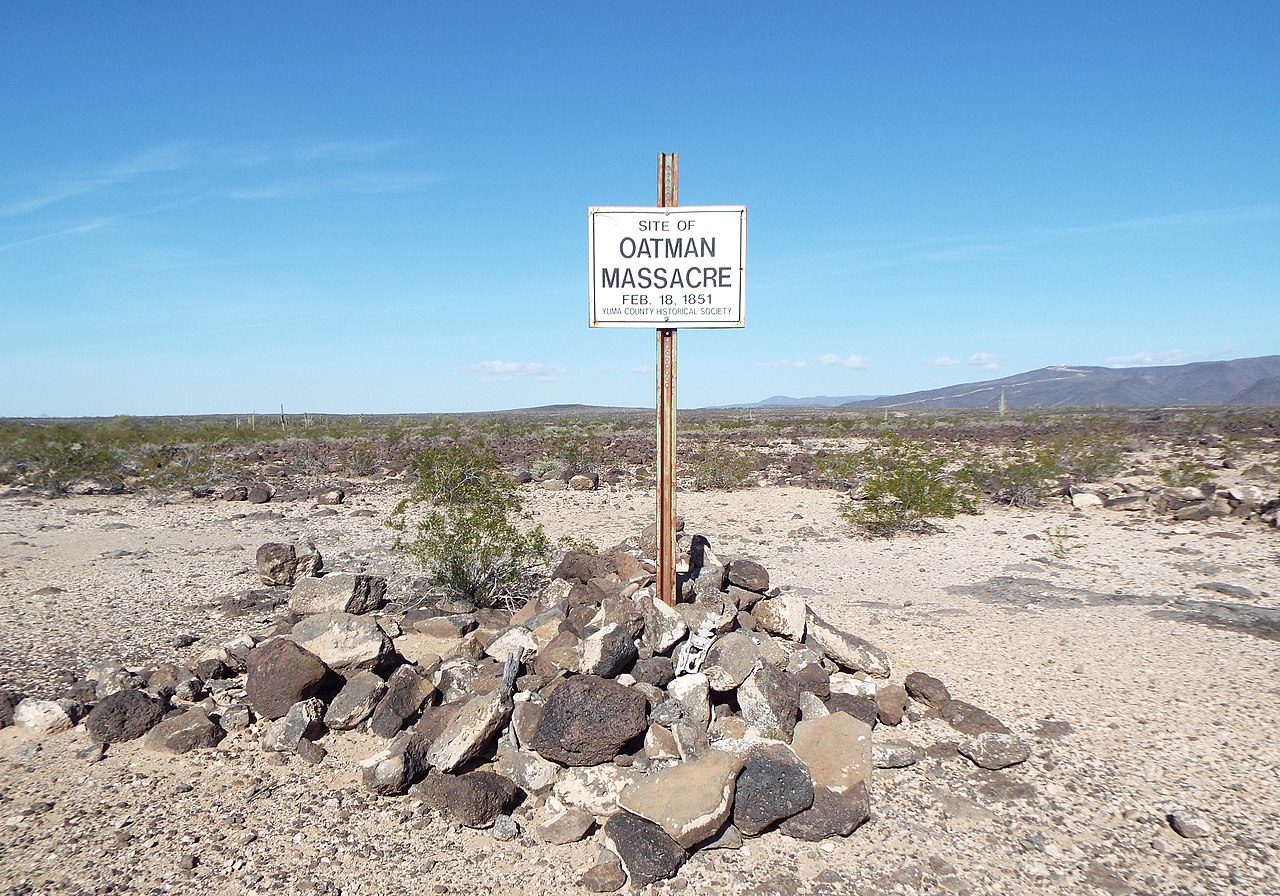
Jump to:
#1. The Spanish Were The First To Meet The Yavapai Tribe
Like many Southwest Indian Tribes, the Yavapai Tribe came into contact with the Spanish when Hopi tribe guides and Antonio de Espejo made contact.
15 years later, the Yavapai would make contact with Juan de Oñate, who was searching for a route to the sea.
They did not fight in any conflicts, and after the visit from the last Conquistador, the tribe would not see another European for over 200 years.
Despite the lack of contact, the Yavapai adopted some practices that the Spanish used, such as farming techniques and raising livestock.
#2. Smallpox Disrupted Their Community

Smallpox devastated all tribes and was one reason the Native Americans were defeated. The Yavapai tribe had a smallpox pandemic break out among its tribe members, and although compared to other tribes, they did not see as much death, they still lost 25% of their tribe.
In America, we just went through Covid-19, where the death rate was around 1% and hit senior citizens the hardest. This caused everything to shut down.
The Yavapai tribe saw 1 out of 4 people die within their tribe, and it would hit the old, young, weak, and strong.
#3. The California Gold Rush Brought Them In Contact With Many Settlers
The 1849 California Gold Rush opened up the west more than it had ever been. Settlers flocked to California and, in doing so, crossed over much land belonging to the Native Americans.
This journey was dangerous as some tribes, such as the Comanche and Apache, were more aggressive against the settlers encroaching on their land. However, the Yavapai were not aggressive.
Instead, they avoided contact with the white man. Since most of the settlers were passing through to California, the Yavapai were able to effectively avoid a conflict with the settlers.
#4. The Yavapai Took Part In The Oatman Massacre

Mary Ann and Roys Oatman had seven children, and Mary Ann was pregnant with their eighth during their journey from Illinois to the Gila River.
The Oatman children ranged in age from one to 17, the eldest being Lucy Oatman. On the Oatmans' fourth day out from Maricopa Wells, they were approached by a group of Native Americans who were asking for tobacco and food.
Due to the lack of supplies, Royce Oatman was hesitant to share too much with the small party of Yavapais. They became irate at his stinginess. During the encounter, the Yavapais attacked the Oatman family.
The Yavapais clubbed the family to death. All were killed except for three of the children: 15-year-old Lorenzo, who was left for dead, and 14-year-old Olive and 7-year-old Mary Ann, who were taken to be slaves for the Yavapais.
After the attack, Lorenzo awoke to find his parents and siblings dead, but he saw no sign of little Mary Ann or Olive. Lorenzo attempted the hazardous trek to find help.
He eventually reached a settlement where his wounds were treated. Lorenzo rejoined the emigrant train and three days later returned to the bodies of his slain family. In a detailed retelling that was reprinted in newspapers over the decades, he said,
We buried the bodies of the father, mother, and baby in one common grave.
The men had no way of digging proper graves in the volcanic rocky soil, so they gathered the bodies together and formed a cairn over them.
It has been said the remains were reburied several times and finally moved to the river for re-interment by early Arizona colonizer Charles Poston. Lorenzo Oatman became determined never to give up the search for his only surviving siblings.
#5. The Yavapai Tribe Was Close With The Apache
The Western Apache and Yavapai Tribes were close allies throughout their history. The Apache was the more aggressive of the two tribes, but due to being a close ally, the Yavapai would usually be lumped in with them and often attacked.
They endured many massacres at the hands of the United States government and other tribes, such as the Navajo.
The Yavapai Wars, or the Tonto Wars, were a series of armed conflicts between the Yavapai and Tonto tribes against the United States in Arizona. The period began no later than 1861, with the arrival of American settlers on Yavapai and Tonto land.
At the time, the Yavapai were considered a band of the Western Apache people due to their close relationship with tribes such as the Tonto and Pinal.
366 to 489 Yavapai were killed in massacres, and 375 perished in Indian Removal deportations out of 1,400 remaining Yavapai.
